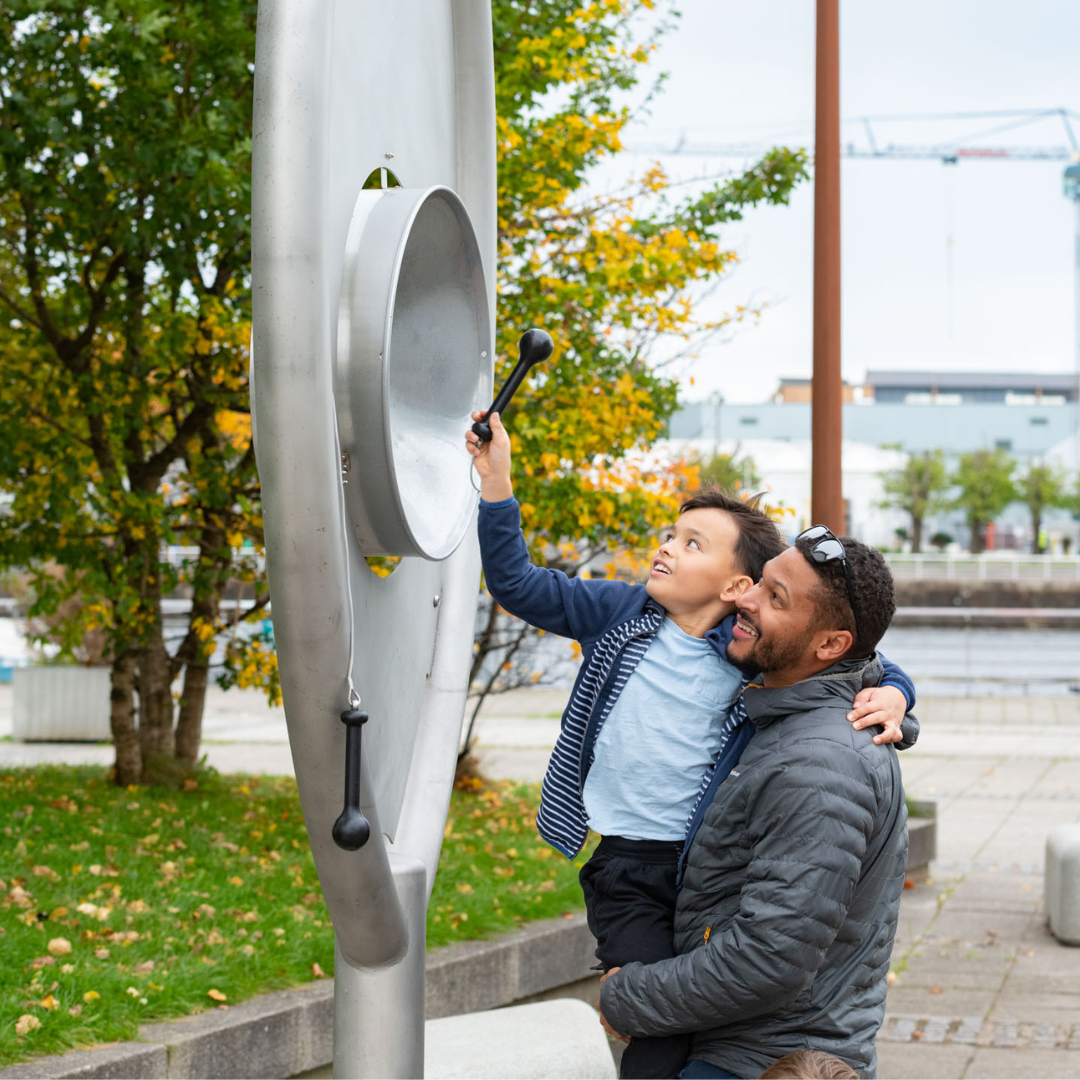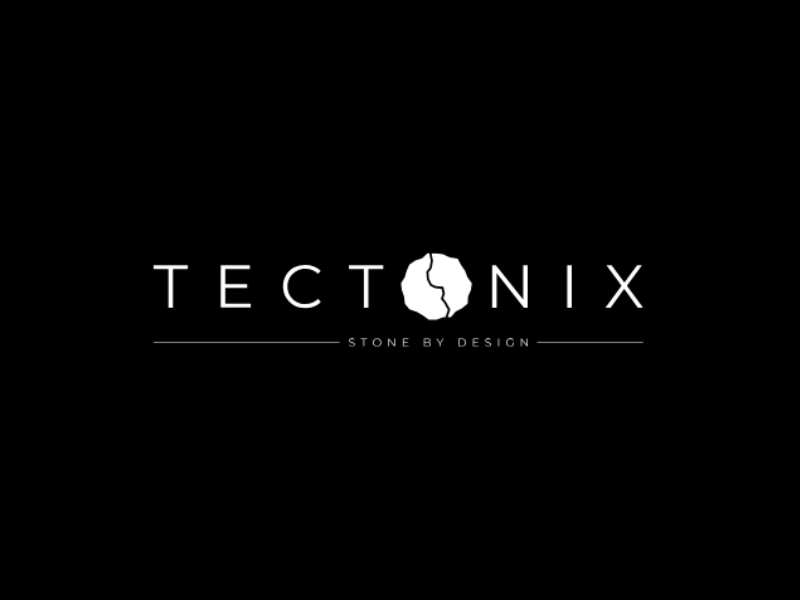Project showcase
Glasgow Science Centre - Outer Space, Glasgow – Glasgow Science Centre with Austin-Smith:Lord

The new public realm features social spaces, access to science, exhibits and play within a network of pedestrian and cycle spaces with increased biodiversity weaved through. The client and design team worked in collaboration with play equipment and aquatic planting specialists to facilitate play and enhanced greening, all with a focus on science.
Where is the project located?
50 Pacific Quay, Glasgow G51 1EA
Who is the developer/client of the project?
Glasgow Science Centre
Describe the context of this project and its neighbourhood and people?
The Glasgow Science Centre Outer Space project focuses on the external spaces to this visitor experience and its connections to the adjacent spaces.
The Glasgow Science Centre is located on the quaysides of the River Clyde within Glasgow City Centre. As a scientific, educational and cultural visitor destination, GSC is an innovative and creative centre of excellence and a landmark within Glasgow’s skyline, since its opening in 2001.
The Glasgow Science Centre occupies large parts of the former Garden Festival site in the former docks. It sits along the quayside adjacent to buildings occupied by the BBC, STV and the Digital Media Quarter. The SEC Event Campus and Hydro Arena sit on the north side of the quayside connected by a pedestrian bridge crossing at this point creates.
Since opening, GSC has established a reputation as a 5-star visitor experience dedicated to raising awareness of the importance of science to our well-being, economy and society. Whilst the quality of GSC’s visitor experience internally is self-evident, this is in stark contrast with GSC’s external spaces which are widely accepted to be sterile, harsh and disconnected.
It is this positive transformation of this external space, which is the essence of the GSC Outer Space Project.
The neighbours and users of the space include local and national school children, local and national visitors to the City and commuters (pedestrians and cyclists) who pass through the space to use the pedestrian bridge to cross the River on a regular basis.
Tell us what you did and how it was designed and delivered. What do you see as the greatest success of this project?
The ‘Outer Space’ project is part of the £4 million Connect programme to renovate the Centre’s exhibition spaces, improve the visitor experience and support outreach programmes.
The proposals were developed following the RIBA work stages. The project team facilitated a programme of engagement events which provided an evidence base upon which to develop creative ideas and inform the project brief.
The client and design team worked in collaboration with play equipment and aquatic planting specialists to facilitate play and enhanced greening, all with a focus on science.
In addition to providing dwelling and social spaces, the proposals improved connections to the wider city through active travel. This was achieved through the reallocation of former road and car park space to new pedestrian and cycle space.
A new bi-directional cycle lane runs through the site. The bus apron was re-designed and reduced in size, whilst maintaining the same functionality in order to reallocate more space to pedestrians and vegetation.
In essence the new public realm features social spaces, access to science, exhibits and play within a network of pedestrian and cycle spaces with increased biodiversity weaved through.
The greatest success of the project is the rejuvenation of the community and cultural quayside space. The redevelopment has already sparked renewed interest in using the public space and to date the space has been put to many creative and eventful uses. The external public spaces are fun, friendly, distinctive and accessible providing a precursor to the Science Centre experience within the building.
How does this public space bring people together, encourage inclusivity, and make a positive environmental impact to the wider place? How is the community engaged in the project?
The new public space aimed to bring people together and attract them to this site.
The guiding principle was to attract people to the space by creating a friendly, greener and accessible campus in addition to making the campus and buildings more permeable. This was with the aim of providing a positive arrival and outdoor experience as a precursor to entering and using the centre.
The interactive exhibits are one of the key motivators of the project and make this project distinctive. The exhibits are fun and attractive, have sparked interest and dwell time within the space and have been used by both young and old.
The redevelopment has solved existing site problems too. The new arrangement has improved functionality and rationalised access through the site for pedestrians, cyclists, bus drop off and service vehicles improving safety and wayfinding.
The space has become a destination in itself and is now being adopted and used by the local community. Surface finishes, seating and cycle parking have aimed for improved inclusivity to cater for a range of mobilities.
The space has a structure for more biodiversity with the aim of a growing wildlife haven through the introduction of aquatic planting, wild flower turf, shrubs, trees and hedging.
The space is now an asset for recreation within the campus but crucially a learning, an events space too. This is the first phase of a more ambitious vision for the wider campus.
Please share any data or figures that support your entry about how this public space or landscape intervention has made a positive social or environmental impact, for example biodiversity, increased dwell time, flood or drainage mitigation, wellness or safety or other ecosystem services.
The proposals were developed with sustainable outcomes in mind such as;
Increasing sustainable connectivity; site biodiversity and ecology; Supporting Communities, Social Values and Health and Wellbeing.
Reduce and re-use
The design was developed to re-use as much of the existing on site materials, as far as practical. Approximately 70% of the hard landscaping materials used were re-used or retained within the space, to minimise waste.
Construction and design details were developed to ensure as many of the existing trees as possible, were retained without disturbance to their tree root system. Furthermore, a proportion of the existing trees were transplanted to new locations within the site.
Biodiversity
The overall surface area of green space has been increased (by 35%) through the introduction of new trees, shrubs, species rich lawn, wild flower areas, hedging and aquatic planting. This replaces former hard standing.
This has resulted in an increase in species diversity by 250%.
Active Travel
12% of the space, formerly allocated to traffic, has been re-allocated to pedestrian or cycle space. A new bi-directional cycle lane extends through the site.
Covered cycle parking, for 84 bikes plus 6 accessible spaces with bicycle repair facilities has been installed.
Social
The space features 12 interactive play exhibits with a playful, learning and science based focus. Seating walls plus benches have been installed to facilitate dwell time within the space.
New EV charging points have been installed in addition to a public drinking water tap have been installed.
Festival of Pineapples
24-26 February 2026
Pineapples prize giving night
April
Pineapples at Festival of Place
10 June 2026
© The Pineapples - Tweak Ltd. 124 City Road, London, EC1V 2NX. Tel: 020 3326 7238



